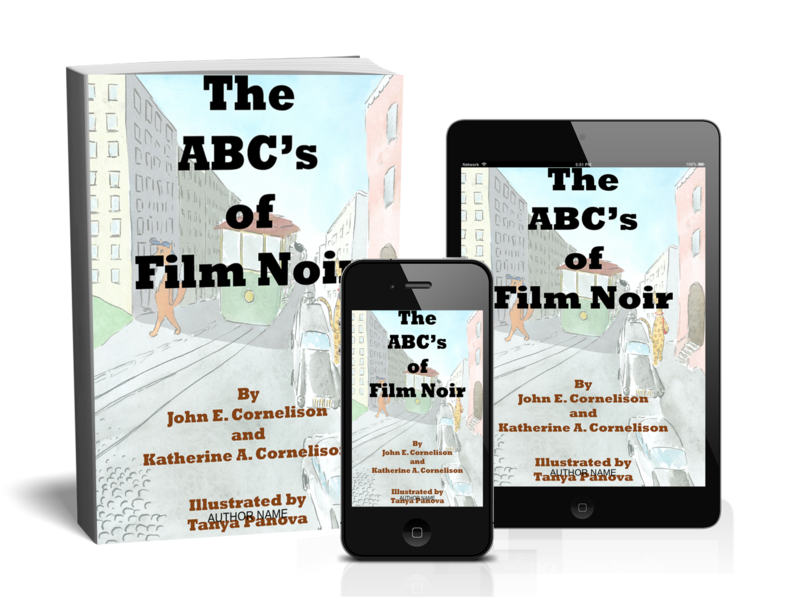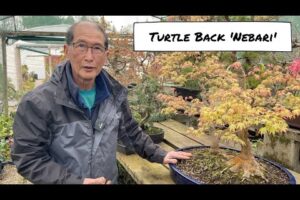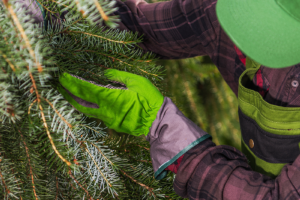YouTube
“Top 5 Easiest Bonsai Trees to Master” Perfect for Beginners!
Bonsai Styles
Bonsai is an ancient Japanese art form that has been enjoyed for thousands of years. It involves growing and carefully sculpting miniature trees to mimic their larger counterparts in nature. One of the most important aspects of bonsai design is the style in which the tree is shaped and trained. This blog post will explore some of the most popular bonsai styles and what makes each one unique.
Formal Upright (Chokkan)
The formal upright style, also known as chokkan, is characterized by a straight, upright trunk and evenly spaced branches. This style is often used for coniferous trees and represents the natural shape of mature trees in the forest. The trunk should be thicker at the base and gradually taper towards the top. The branches should also increase in size as they descend the tree, creating a sense of balance and symmetry.

Informal Upright (Moyogi)
The informal upright style, also known as moyogi, is more relaxed and natural-looking. Unlike the formal upright, the trunk of a moyogi tree is not required to be completely straight, and the branches are arranged more randomly and naturally. This style is often used for deciduous trees. It represents a tree growing in a more open, informal environment.
Slanting (Shakan)
The slanting style, also known as shakan, features a trunk that slants to one side, often at a 45-degree angle. This style is meant to mimic a tree that has grown at an angle, perhaps as a result of being exposed to strong winds or growing on a sloping hillside. The branches are typically arranged in a balanced and symmetrical manner but with a more natural and relaxed appearance than in the formal upright style.
Windswept (Fukinagashi)
The windswept style, also known as fukinagashi, is meant to represent a tree that has been shaped and sculpted by strong winds over many years. The trunk and branches of a windswept bonsai should all lean in the same direction, creating the illusion of a tree that has been pushed and shaped by the wind. This style is often used for coniferous trees. It is one of the most dramatic and visually striking styles of bonsai.
Literati (Bunjin)
The literati style, also known as bunjin, is characterized by a tall, slender trunk that is often twisted and contorted. The branches are sparse and arranged irregularly and asymmetrically, mimicking the natural growth patterns of trees in the wild. This style is meant to represent the idea of an aged scholar or poet and is often used for deciduous trees such as maples and elms.
Group Planting (Yoseue)
The group planting style, also known as yoseue, represents a small forest or grove of trees. This style typically involves several smaller trees planted together in a shallow tray or dish, creating the illusion of a miniature forest. Group plantings can be made of trees of different species and styles, creating a diverse and visually exciting display.
Cascade (Kengai)
The cascade style, also known as kengai, represents a tree growing over a cliff or waterfall. The trunk of a cascade bonsai should fall downwards, with the tips of the branches reaching toward the ground. This style is often used for bonsai trees with long, hanging branches, such as pine or maple. The cascade style is one of the most dramatic and visually striking styles, making it a popular choice among bonsai enthusiasts.
Literati (Bunjin)
The literati style, also known as bunjin, represents an aged scholar or sage, often depicted as a contemplative or ascetic figure. The literati style features a twisted and contorted trunk with sparse branches and leaves. This style is often used for bonsai trees with a unique, gnarled trunk, such as elm or wisteria.
Slanting (Shakan)
The slanting style, also known as shakan, represents a tree growing on a sloped or inclined surface. The trunk of a slanting bonsai should tilt at an angle, with the tips of the branches reaching toward the sky. This style is often used for bonsai trees with strong, upright branches, such as juniper or pine.
Windswept (Fukinagashi)
The windswept style, also known as fukinagashi, is meant to represent a tree that has been shaped by strong winds. The trunk of a windswept bonsai should lean in one direction, with the branches and leaves bending in the same direction. This style is often used for bonsai trees with flexible branches, such as willow or elm.
Group Planting (Yose-ue)
The group planting style, also known as yose-ue, represents a group of trees growing together in a forest or grove. This style features multiple bonsai trees planted in a shallow dish or container, each with its own unique style and shape. Group plantings are often used to create a sense of depth and perspective. They are a popular choice for creating mini landscapes or scenic vistas.
Multi-Trunk (Ikadabuki)
The multi-trunk style, also known as ikadabuki, represents a tree with multiple trunks growing from the same root system. This style features multiple trunks of different sizes and shapes, often arranged in a symmetrical or asymmetrical pattern. The multi-trunk style is often used for bonsai trees with multiple trunks, such as elm or beech.
In conclusion, the various bonsai styles each have their own unique qualities and characteristics, and choosing the right style for your bonsai tree can significantly enhance its beauty and aesthetic appeal. Whether you prefer the classic elegance of an upright style, the drama of a cascade, or the natural beauty of a windswept, there is a bonsai style to suit every taste and preference. With proper care and attention, your bonsai tree can thrive for many years and become a source of joy and inspiration for generations.







Leave a Reply
Your email is safe with us.
You must be logged in to post a comment.